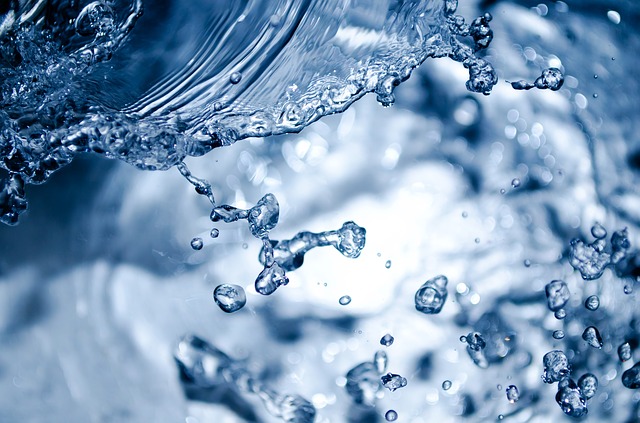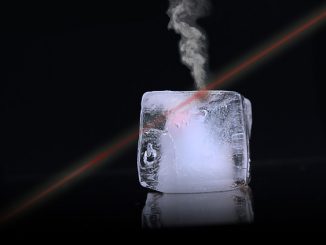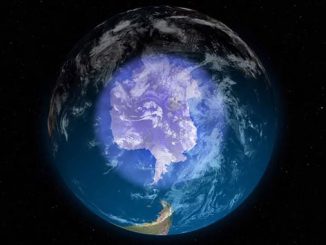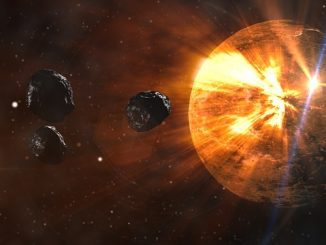
In the ordinary world, matter exists in one of four states: solid, liquid, gas or plasma. These states depend on different conditions like pressure and temperature. Matter is also characterized by how the particles are arranged.
Superfluids exist in the realm of quantum physics and are defined as non-viscous fluids or liquids, or simply, frictionless fluids that flow without any kind of resistance. Supersolids belong to the bizarre quantum universe too. And with good reason. What differentiates and makes supersolid matter extraordinary is that it combines the structure of solid matter with the non-viscosity of superfluid matter. This means that while it has the crystalline structure of a solid, it flows like a frictionless ‘superfluid’.
The existence of supersolids was first brought to light in 1969 when Russian physicists hypothesized that solid helium can become superfluid if its atoms can freely move around in a solid helium crystal. Almost five decades later, and after a ‘false breakthrough’ in 2004, it seems supersolids — or as physicists called it: the new ‘impossible’ form of matter — has truly been created. And the feat was achieved not just by one research team, but by two independent teams who used the same type of super-cold gas (referred to as a Bose-Einstein condensate) but two different processes to create their respective supersolids.
The Massachusetts Institute of Technology (MIT) team led by Nobel laureate physicist Wolfgang Ketterle made use of evaporation cooling to turn sodium atoms into a Bose-Einstein Condensate, then used laser beams to create different densities in the atoms (half of the atoms are in one state, the other half is in a different state) and manipulate them to form into crystalline solid arrangement.
On the other hand, the Swiss team from the Institute for Quantum Electronics (IQE) led by Tilman Esslinger made use of rubidium gas. They put the gas in a vacuum chamber, then turned it into a Bose-Einstein Condensate by cooling it down to nearly absolute zero or nanokelvin temperatures. Next, they placed the condensate in a device with mirrors that collected laser light, then scattered and dispersed the atoms around until the particles eventually formed a crystal-like structure.
In both cases, the condensate turned into solid structures with the ability to flow like a superfluid. In other words, both teams were able to create their own versions of a supersolid material. And now that supersolids have been proven real, scientists are hoping that studying this incredible form of matter might provide useful insights that can lead to relevant applications for superfluids and superconductors.
As Ketterle explained in an article published by MIT: “Now that we have experimentally proven that the theories predicting supersolids are correct, we hope to inspire further research, possibly with unanticipated results.”
The research of both the MIT team and the Swiss team have been published in the journal Nature.
References: Sciencealert
- Bulenox: Get 45% to 91% OFF ... Use Discount Code: UNO
- Risk Our Money Not Yours | Get 50% to 90% OFF ... Use Discount Code: MMBVBKSM
Disclaimer: This page contains affiliate links. If you choose to make a purchase after clicking a link, we may receive a commission at no additional cost to you. Thank you for your support!




Leave a Reply